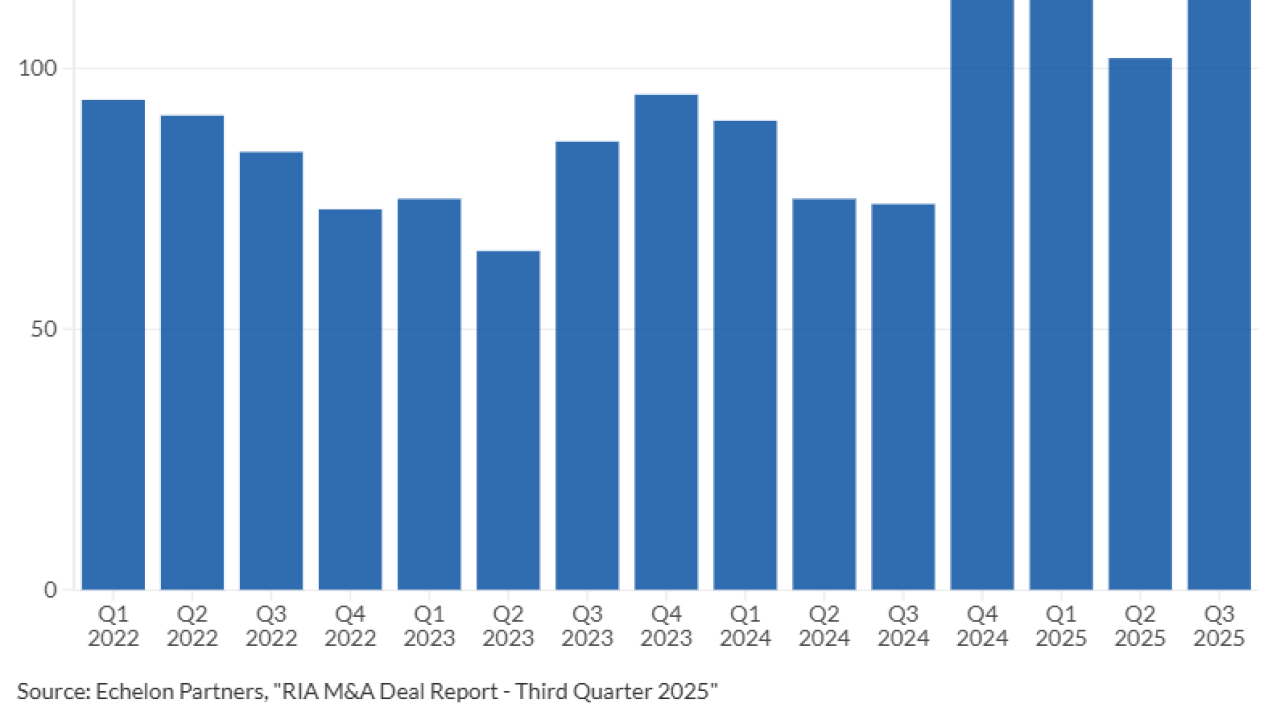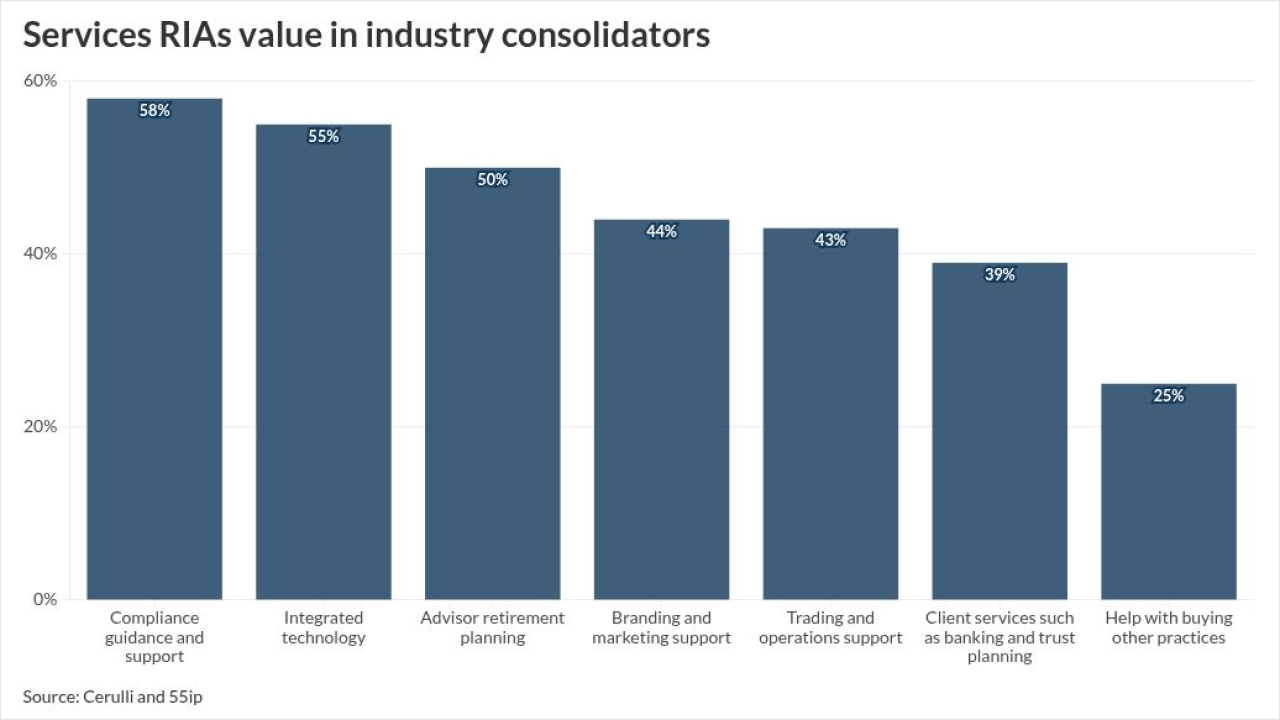Many financial advisors are
As with any regulatory shift,

Advisors should rely on the basic ethics and common sense they already apply in their practices. Another piece of advice I offer advisor clients is: "Stop saying what you think your clients want to hear, and start saying what they need to hear." This reframe is an excellent starting point for those who feel challenged about complying with the marketing rule updates.
READ MORE:
Here are five key tips to help advisors market effectively while
Engage with compliance early and often
Even with the best of intentions, bypassing the compliance department in an effort to expedite sharing something with a client does both the
To yield the best result, advisors should
If compliance doesn't get upfront insight into the context behind a given project, or is rushed at the back end, it may not be able to provide a thorough review. Under such circumstances, a compliance department is, understandably, more likely to err on the side of caution, possibly
On the flip side, if compliance professionals are involved from the beginning and have ample time to collaborate with the marketing team and perform adequate due diligence, they are more likely to engage with FINRA or other sources as necessary to deliver a more satisfactory result.
Create inclusive content for all learning styles and abilities
I have seen advisors get dinged for not being in compliance with the Americans with Disabilities Act (ADA) when it comes to
Complying with
Failing to
Tread lightly with AI content and images
As indicated above, the use of
Anything advisors share with their audience that feels inauthentic is very likely to result in a loss. And because AI is not human, leaning on it to produce language, imagery and other content may result in
Any AI-generated content should be proofread and edited with a critical eye, and by a real person, to make sure it adheres to the firm's brand, voice and compliance standards. It's also important that clients sense the "voice" of their trusted advisor in anything produced by AI, so it's important to edit content to match your personal style.
In my view, AI tools function much better as writing and content creation assistants than as generators of original content. Ideally, AI should be doing the grunt work, allowing the advisor to focus on driving the creative process, because it takes a human mind to make truly powerful creative art.
READ MORE:
Develop preapproved content and image libraries
Putting in the effort to create a batch of content that can be
For example, an advisor might want to create a content series on
This approach streamlines marketing and compliance efforts by allowing the full team to collaboratively focus on the entire campaign, deploying it once and reaping the benefits of pre-scheduling.
Engage industry-savvy partners who speak compliance
Finally, advisors can potentially save themselves a great deal of time, money and heartache by carefully choosing third-party partners who already understand the wealth management industry and are up to speed on specific regulatory requirements. By choosing partners who are not only well versed in the world of wealth management but also proactive in remaining apprised of any regulatory changes, advisors can set themselves up for greater success.





